What a busy time in the coffee world. London kicked off April with Coffee Fest London (see here) & we also had the Specialty Coffee Associations’ big Event in Atlanta (see here.) We couldn’t make the London show this year, but exhibited at SCAA Atlanta.
SCAA was a wonderful experience, and we’ve already reserved our spot for the SCAA event 2017 in Seattle. It was delightful to reconnect with friends, and meet new ones.
From the Farms
It’s been a couple of months since the last update, not because nothing is happening, but rather because so much is happening.
This month we’ve been busy in the background promoting our coffees, and also planning for logistics which we’ll have to have in place once we have coffee in the next few months. It’s a daunting task every time, and we’re still improving every year. There’s nothing like a little experience to make one ask the right questions.
Meanwhile, early coffee samples are being tested, and the first of the Curibamba Coffee project workshops have begun. This year, the growers are focusing on best selection & fermentation techniques. The first of the samples are cupping well, so we’re very optimistic for the best quality ever this season.
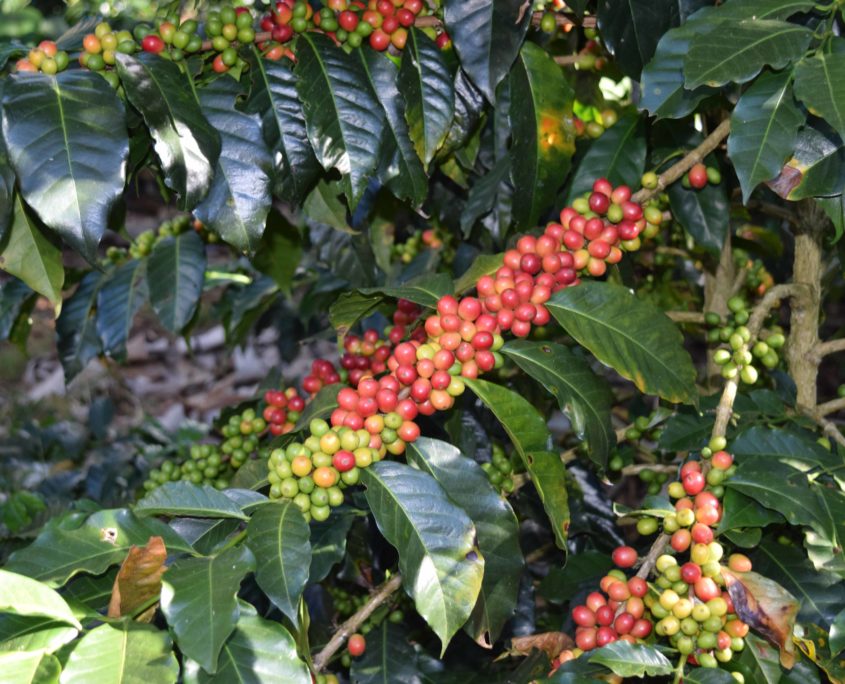
Every year the focus is always on best harvest techniques. It starts with selectively picking only the ripe coffee cherries. Just as you wouldn’t make a fruit salad with unripe fruit, the best coffees only use ripe coffee. Coffee that has been picked is then separated into unripe, ripe, and overripe. Nothing will be wasted, but we want only the best for any specialty grade coffee.
After the coffee is harvested & selected, the coffee cherry is separated from the bean using a machine, and the coffee is washed to remove defects. The quality of the water used is vital here. These freshly washed parchment coffee beans will then be fermented before drying.
This fermentation process is critical to the final flavor, and if done incorrectly forever leaves the end taste bitter or with a fermented.overtone. Using thermometers and periodic testing, the growers can determine the optimum time to end fermentation and transfer the beans to solar drying tables.
The solar drying tables provide good ventilation, and protection from insect damage. The beans will be turned frequently to allow for even drying, and the drying will normally take 5-7 days to reach the optimum humidity levels for storage and milling.
Here are a few shots from the workshops:
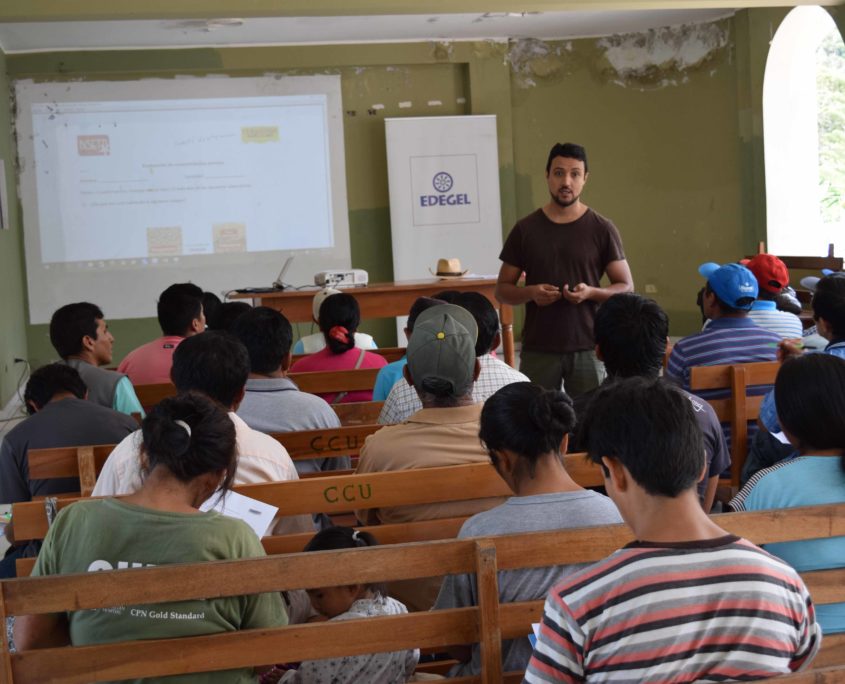
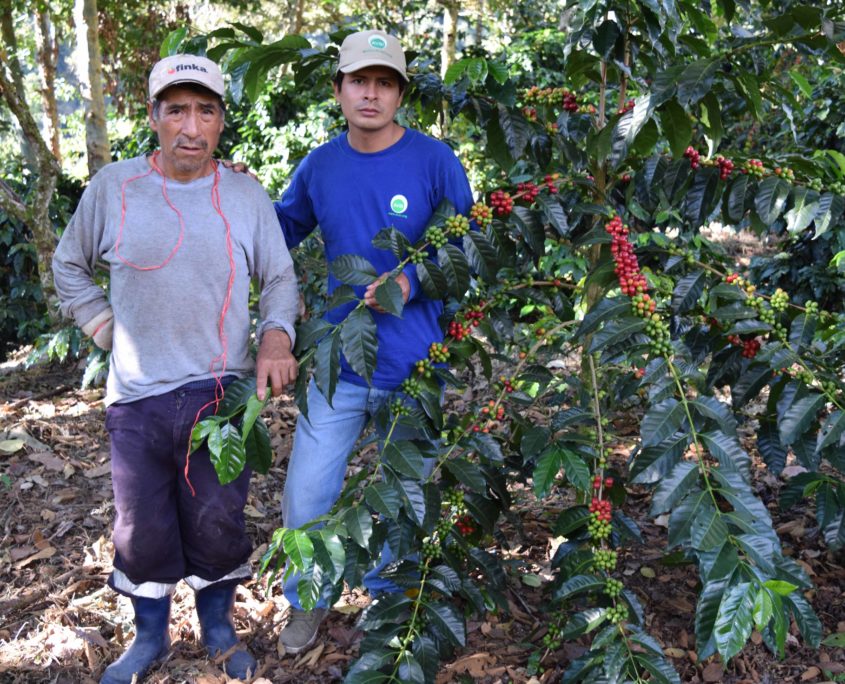
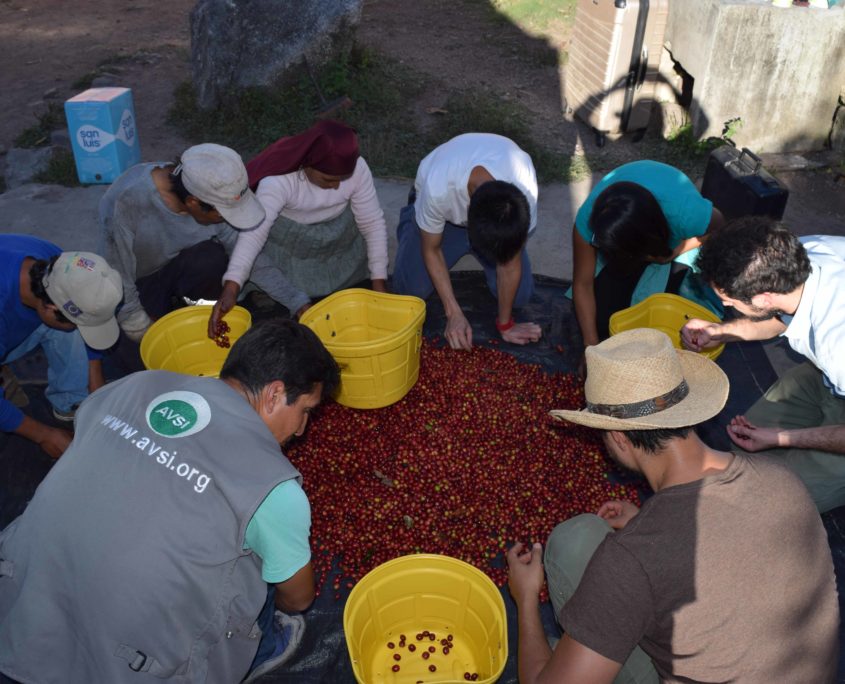

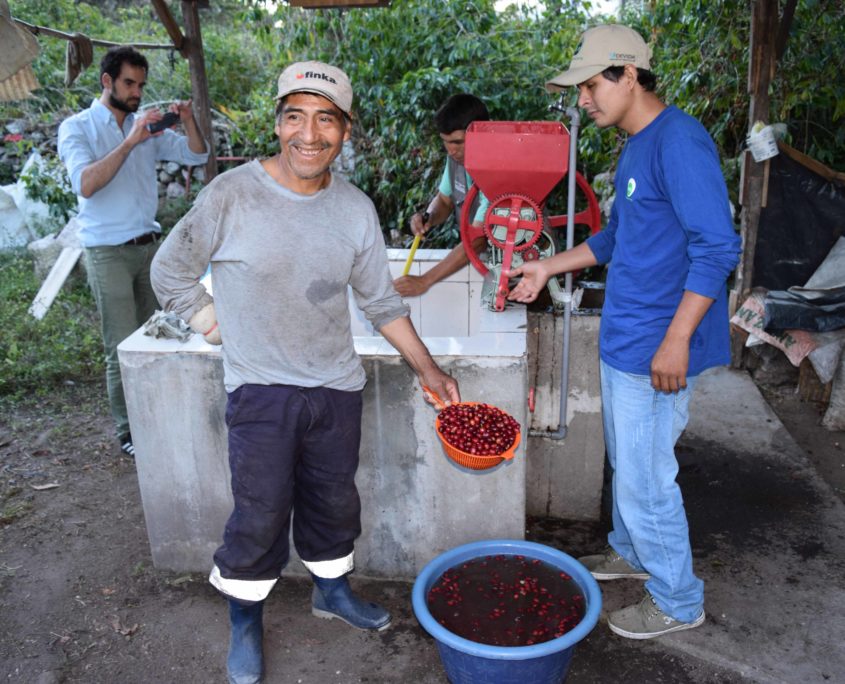




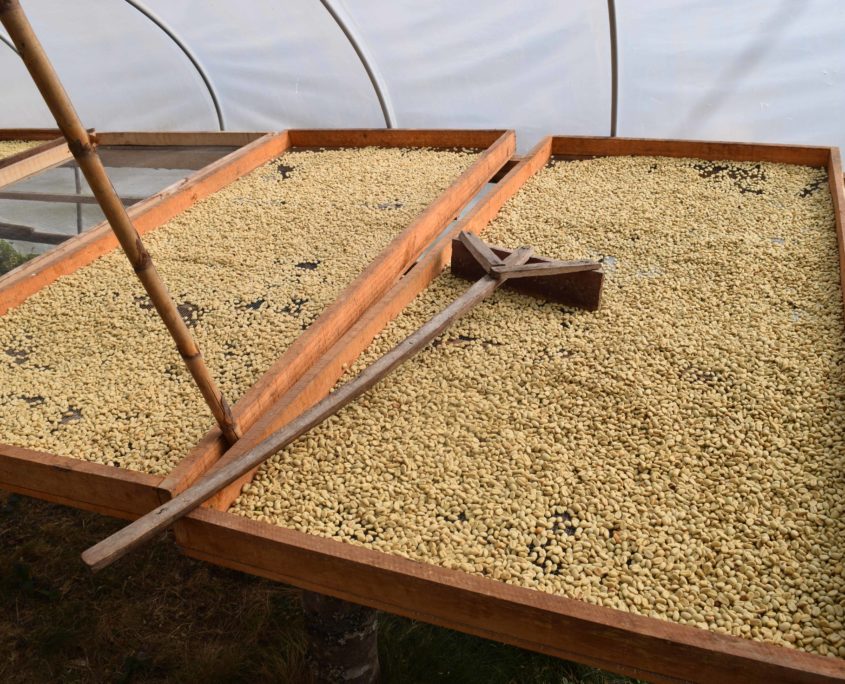
We’re watching airline fares, and awaiting final details to make our plans. It looks like we’ll be back at the farms in July. We’re also in discussions with several other growers to see if we can add their coffees to our offerings. It’s an exciting (although occupied) time and we can’t wait to share more news with you soon. We’ve been invited to a conference with growers from the Amazonas region this year. We love the northern Peru coffees, so this is a welcome development. More to follow…
Have a safe Memorial Day Weekend!
